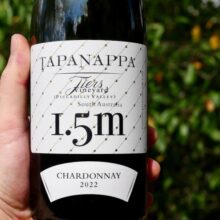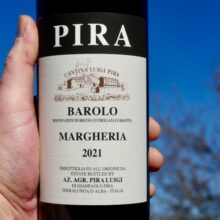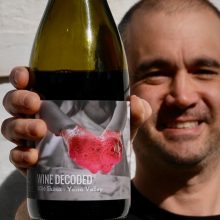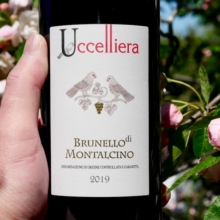Roughly translates to foot of tank. Pied de Cuve is the winemaking equivalent of a sourdough starter.
It is used by winemakers wanting to use wild yeast from the vineyard to ferment their wines.
The process aims to build a population of viable (alive yeast) and vital (strong) in the wild yeast culture in a small volume of wine. This helps the winemaker to complete a clean fermentation (low volatility and reduction, without spoilage yeast or bacteria) that successfully consumes all of the sugars leaving a dry wine.
The process involves picking a small amount of grapes a few days to a week before all of the grapes are going to be picked. The grapes are crushed and allowed to start fermenting. This builds the population of the native yeasts that were present on the grapes. This culture is then added to the rest of the grapes when they are picked.
Using a Pied to Cuve helps start a fermentation quickly, and, through its production of carbon dioxide protect the wine or bunches from oxygen exposure and potential production of volatility.
This small volume of wine can be treated very differently from the fermentation of the main wine.
It is often aerated to provide oxygen for the yeast to build fatty acids and lipids, the building blocks for strong cell walls needed to keep the yeast healthy throughout the fermentation.
The Pied de Cuve is often built up by adding more fresh juice/grapes to double the volume when the yeast needs more food. This may be undertaken several times. Doing this increases the population of yeast to ensure there are enough to complete the fermentation of the main wine.
Like all things wine there are thousands of different options for preparing a Pied de Cuve. Using whole bunches, just berries, starting the Pied de Cuve in the winery or in the vineyard, or even adding wild flowers to introduce the native yeast present on those into the Pied de Cuve.






You must be logged in to post a comment.